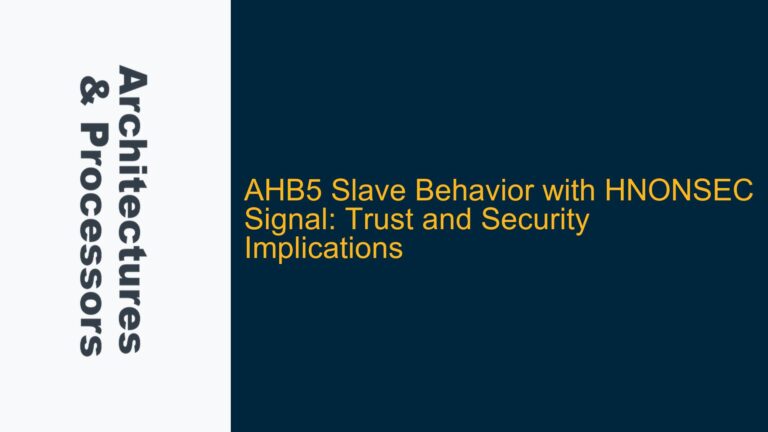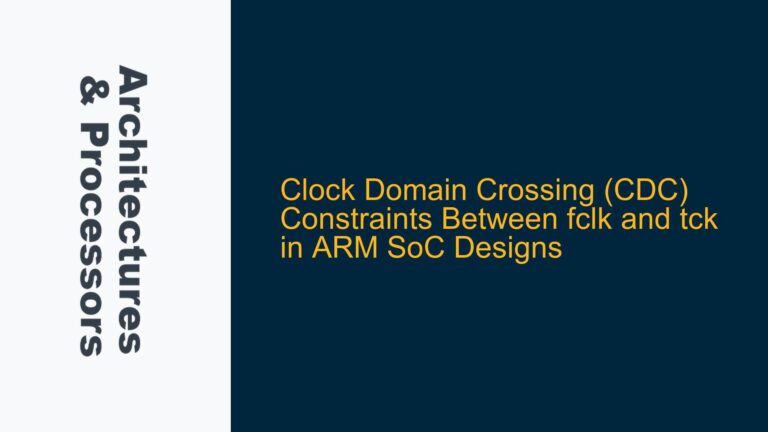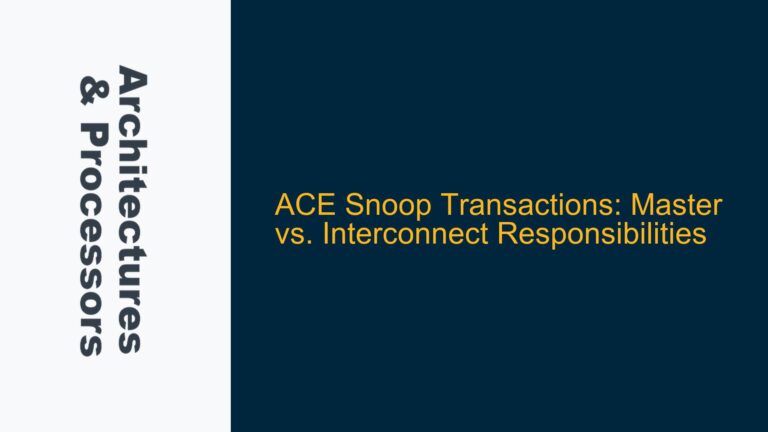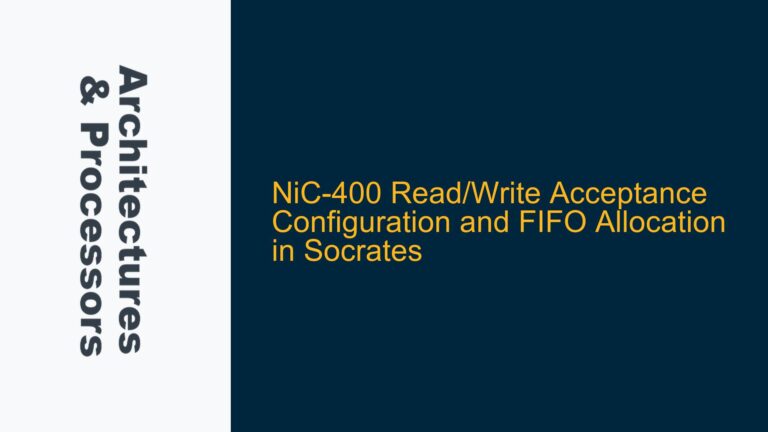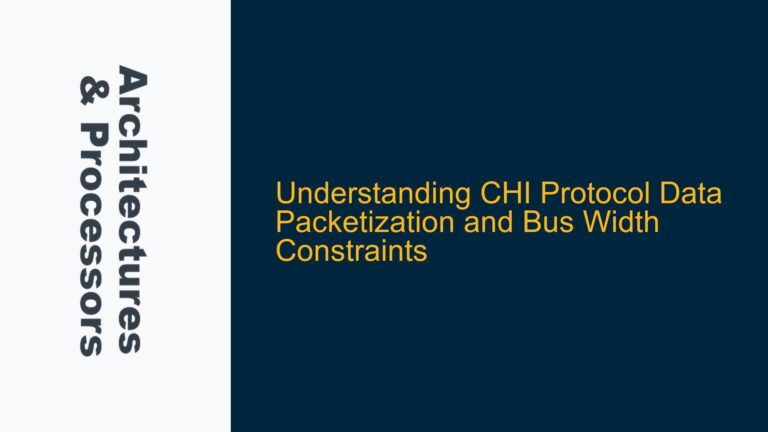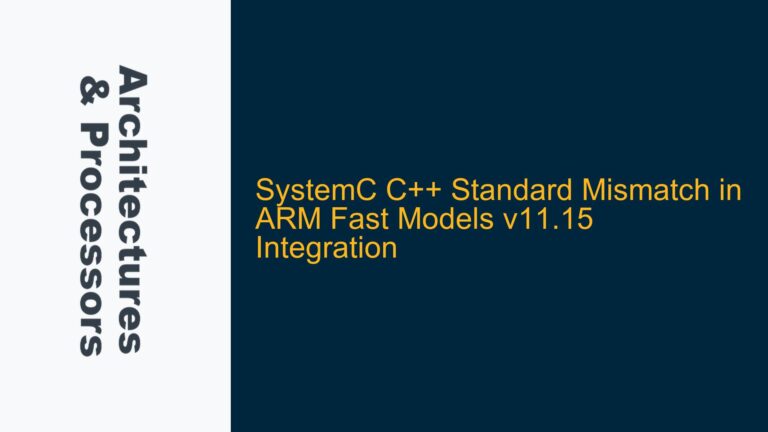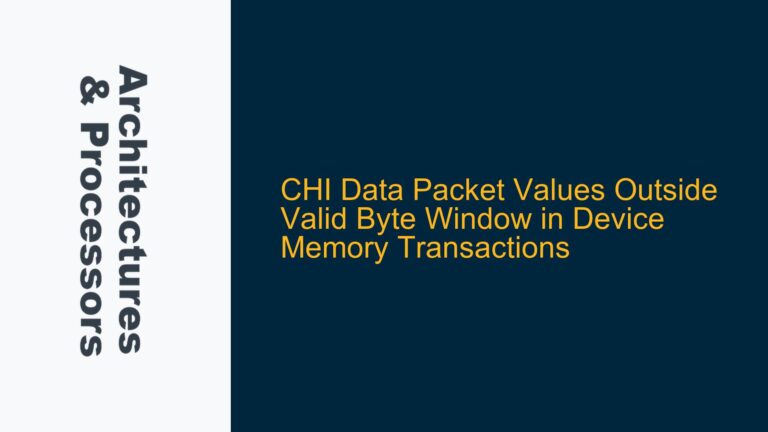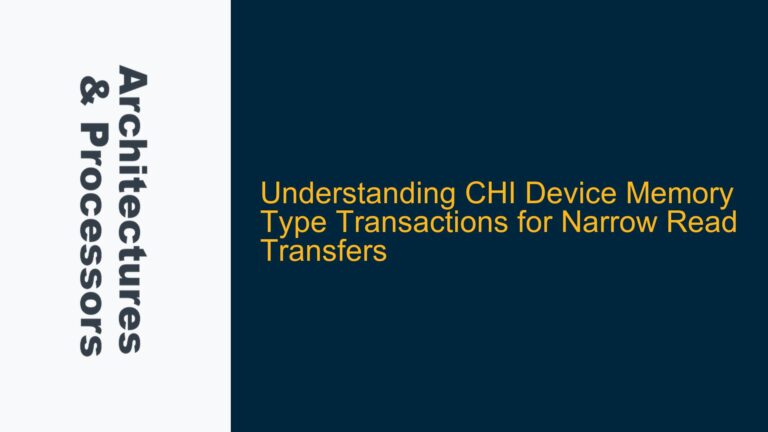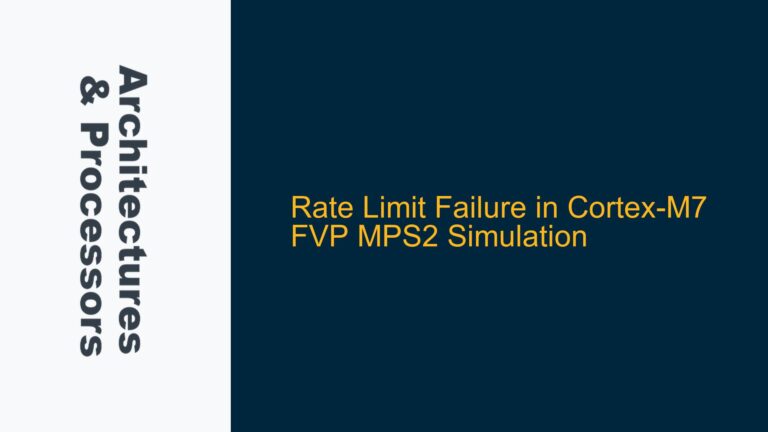AHB5 Slave Behavior with HNONSEC Signal: Trust and Security Implications
AHB5 Slave Response to HNONSEC Signal in Trusted and Untrusted Scenarios The behavior of an AHB5 slave when receiving transactions with the HNONSEC signal depends on whether the slave is a trusted peripheral or not, as well as the value of the HNONSEC signal itself. The HNONSEC signal is a critical component of the ARM…
